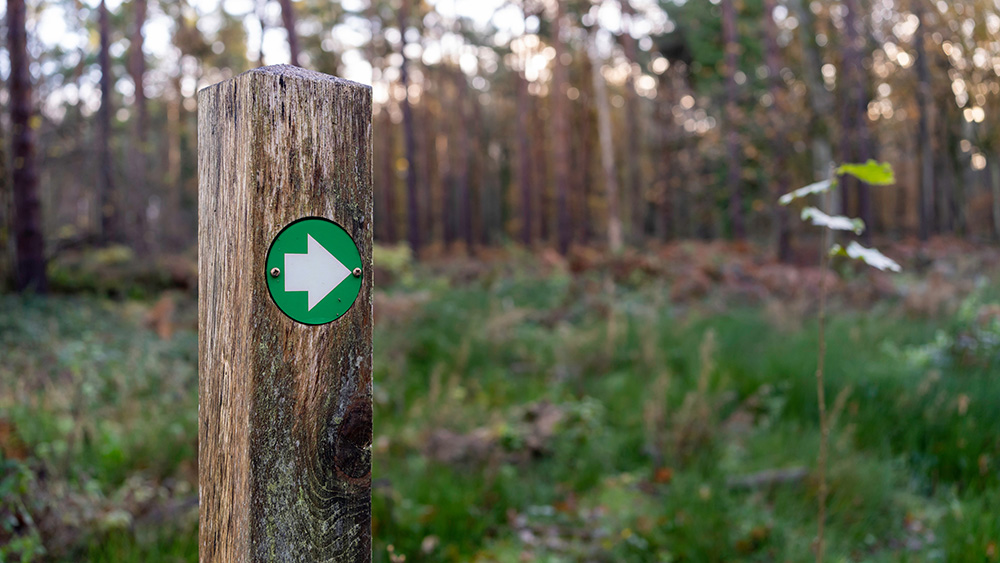Hiking Safety
Learn best practices for hiking safely.
Home » Hiking 101: The Beginner’s Hiking Guide » Hiking with a Safety-First Mindset
Hiking with a Safety-First Mindset
Hiking is a rewarding way to connect with nature, but it’s essential to prioritize safety every step of the way. Having the proper mindset about safety can mean the difference between a smooth, enjoyable hike and a dangerous situation. Here’s why a safety-first approach is key, and how to cultivate it.
"Having the proper mindset about safety can mean the difference between a smooth, enjoyable hike and a dangerous situation."
Respect the Environment
Nature is unpredictable. Weather conditions can change rapidly, and trails can present unexpected challenges like loose rocks, slippery terrain, or wildlife encounters. A safety-first mindset means respecting these variables and being prepared to adapt. Before hitting the trail, research the conditions, familiarize yourself with the route, and pack essential gear to handle changing circumstances.

"Weather conditions can rapidly, and trails can present unexpected challenges..."
Know Your Limits
Understanding your physical and mental limits is crucial. Overestimating your abilities can lead to exhaustion, injury, or getting lost. Always choose a trail that matches your fitness level and experience. Know when to turn back if conditions become too difficult or if you’re running out of daylight. A safety-focused mindset prioritizes making smart decisions over pushing yourself too hard.

Prepare for the Unexpected
Even a well-planned hike can take unexpected turns. Carrying the right safety gear—such as a first aid kit, navigation tools, and extra food and water—ensures you’re ready for emergencies. Checking weather forecasts and sharing your itinerary with someone before leaving also shows preparedness. A safety-first mindset involves expecting the best but preparing for the worst.

Pace Yourself
A common mistake is rushing through a hike, especially when trying to beat an incoming storm or make up time. However, hiking too quickly can increase the risk of injury, such as twisting an ankle or falling on uneven terrain. A safety-conscious hiker understands the value of pacing themselves and taking breaks to rest and assess their surroundings.
Stay Vigilant and Aware
A safety-first mindset requires constant awareness of your surroundings. Watch for trail markers to avoid getting lost, be mindful of wildlife, and listen for changes in the weather. Distractions, such as focusing too much on a phone or taking risky shortcuts, can lead to accidents. Stay focused, alert, and ready to react to any situation.

"With the right mindset, you'll be ready to handle challenges while keeping yourself and others safe on the trail."
Adopting a safety-first mindset ensures that every hiking trip is enjoyable and free of unnecessary risks. Respect the trail, know your limits, stay prepared, and remain aware of your surroundings. With the right mindset, you’ll be ready to handle challenges while keeping yourself and others safe on the trail.
Table of Contents
Plan trips
Who are we?
get in touch!
© 2024. All rights reserved. No part of this website may be reproduced without written permission.
